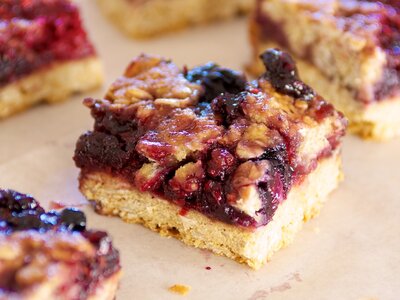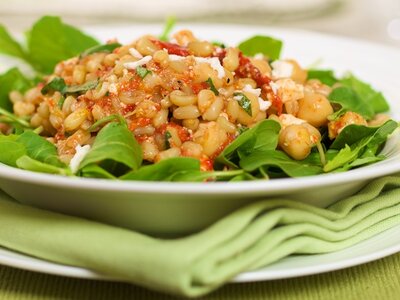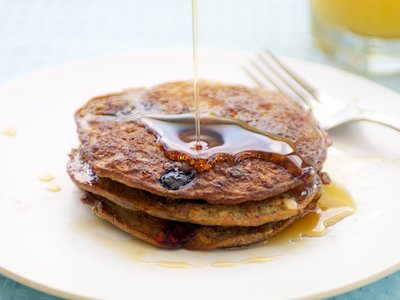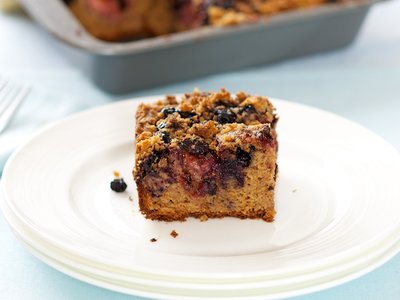Bulk Food Storage Containers jpg / eb6tracker.com
Guest Post by Dan Sullivan
Let me ask you a question, when was the last time you read an article on survival food and said to yourself:
Yeah, I almost forgot about this food… It’s perfect! I’ll definitely get me some?
Although there are plenty of lists with survival food on the Internet, a lot of preppers are missing a few good ones that have amazing shelf life (if properly stored, usually in cool, dark, dry places, away from rodents).
That’s what I want to do in this article so here’s my list of foods that ultimately allow you to rotate your stockpile less often…
#1. Spam
You either love it or hate spam but I think we can all agree most people like it, right? First of all, Spam is a brand. Its main ingredients are pork, ham, potato starch and salt and it became popular during World War 2 because of it has great shelf life (which, according to the manufacturer, is infinite).
The really cool thing is that it’s also dirt cheap, around 5 to 10 bucks for a can on Amazon.
#2. Hardtack crackers
Put whole wheat flour, water and salt together and you’ve got crackers with 50+ years of shelf life! Amazing, right (as long as you store them well)? As their name suggests, these crackers are pretty hard to chew on. You’ll need to soak them in water, milk or even soup for at least 5-10 minutes before eating them.
#3. Pemmican
This is another fantastic food that lasts a very long time. How long depends on the storage conditions and the quality of the ingredients. Again, lots of recipes out there, you just need look them up.
#4. Canned Pink Salmon
I say pink salmon because it has one of the highest shelf lives of all canned foods: 3 to 5 years. Obviously, you can extend it even more if you store it under the right conditions, in a cool, dark place, away from moisture etc.
If you want, you can make your own at home but you will need a pressure canner, the jars need to be sterile, the lids have to be brand new and the recipe has to be followed to the letter. One wrong move and you could compromise your cans.
#5. Wheat berries
I’m not sure you noticed but the first four foods from the list don’t need to be cooked in order to be eaten. This is great if you’re worried that the smell might give you away in a post-SHTF situation where food will be scarce.
However, there are other foods with amazing shelf life, such as berries, that do require you start your propane stove.
Wheat berries are, in fact, the kernel of the grain except for the hull. Few people know that they have a much longer shelf life than flour, which is why I’m adding them to this list. White flour is good, it will last you 8 to 12 months, more if you store it properly. That’s more than enough if you rotate your stockpile once or twice a year.
But if you’re really looking to hit maximize shelf life, you might as well store it in the form of wheat berries. Just put them in Mylar bags with oxygen absorbers and then everything in food-grade buckets.
Of course, in order to turn them into flour, you’re gonna need a hand cranked grinder… and that’s something that may be a little harder to find one post-collapse.
#6. Dried pinto beans
OK, so pretty much all dried beans are going to last a very long time in proper conditions but I did promise you foods with an unbelievable shelf life, right?
A 2005 study by Larson, Sloan, Ogden and Pike found that dried pinto beans retain “total protein quality” over long periods of time. Of course, you’re gonna want to eat them long before the maximum 30 year shelf life they can give you. They’ll be as hard as a rock and you’re probably going to need a pressure canner to cook them.
#7. Dehydrated potato slices
These potato slices can last 25 years according to some manufacturers. It makes sense, since they have 0 fat and enough sodium. You can make your own potato slices at home, of course, but you can also just buy them and keep them in their original containers.
Well, this is it for now; I hope I’ve given you some pretty good ideas on what foods to add to your stockpile. Just remember that stockpiling them is not an excuse for you to rotate your stockpile less frequently simply because you’ll know they last long. Rotating your stash is important to make sure that, when it hits, your preps will last you as long as you need them to.
Another thing you need to remember is to not neglect your other preps such as water, medicine, tools, clothes and so on. Stockpiling is comfortable and easy but you’ll also need to focus on your skills, for instance.
Good luck!
Dan F. Sullivan
_______________________________________________
_______________________________________________
___________________________________________
___________________________________________






















